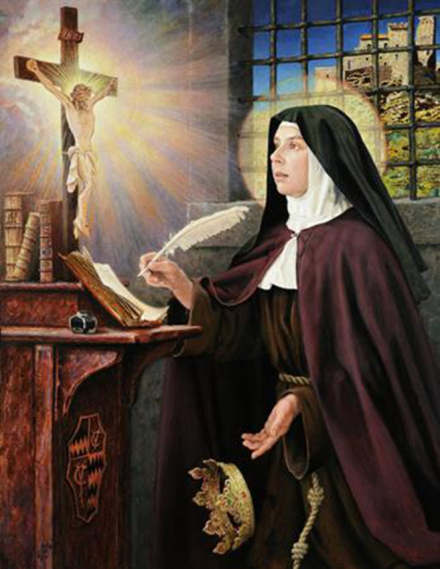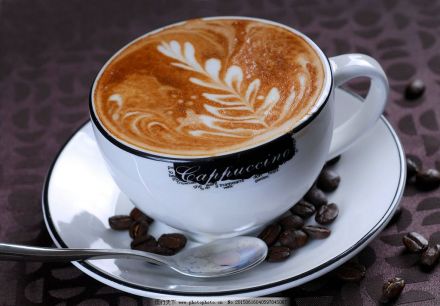- 20
- Oct
The origin and development of cappuccino
The taste of cappuccino coffee is very good, but the origin of its name is more learned, has been the best body material for European and American studies on the changes of characters. The history of the word Cappuccino is enough to show that because a word looks like something, it is eventually extended into other words, far beyond the original intention of the creator. That sounds complicated. The friars of the Catholic order of Saint Capuchin, founded after 1525, wore brown robes and a pointed hat. When the church of Saint Capuchin was introduced to Italy, the local people thought the friars’ clothes were very special, so they were given the name Cappuccino. The Italian word refers to the loose robes and small pointed hats worn by monks. From the Italian “turban” meaning Cappuccino.

The old man, however, loved coffee and realized that the combination of espresso, milk and milk foam made it look like the dark brown robe worn by a friar, so he came up with the Cappuccino, a milk-coffee drink with a spiky foam. The word was first used in English in 1948, when a San Francisco report introduced the cappuccino, and it did not become known as a coffee drink until 1990. It is fair to say that the word “Cappuccino” comes from the Church of Saint Francis (Capuchin) and the Italian turban (Cappucio). It is believed that the originators of the word “Cappuccino” never dreamed that the monks’ robes would eventually become the name of a coffee drink.

Cappuccino is a variation of Italian coffee, that is, on the strong coffee, poured with steaming milk, the color of the coffee like cappuccino monks on the dark brown coat of the turban, coffee is so named.
Cappuccino is also related to a type of monkey. A small African monkey with a black cone of hair on its head, much like the pointed hat on a Franciscan robe, was named the Capuchin, first used by the British in 1785.
Hundreds of years later, the word Capuchin became a name for a coffee drink and a monkey.

